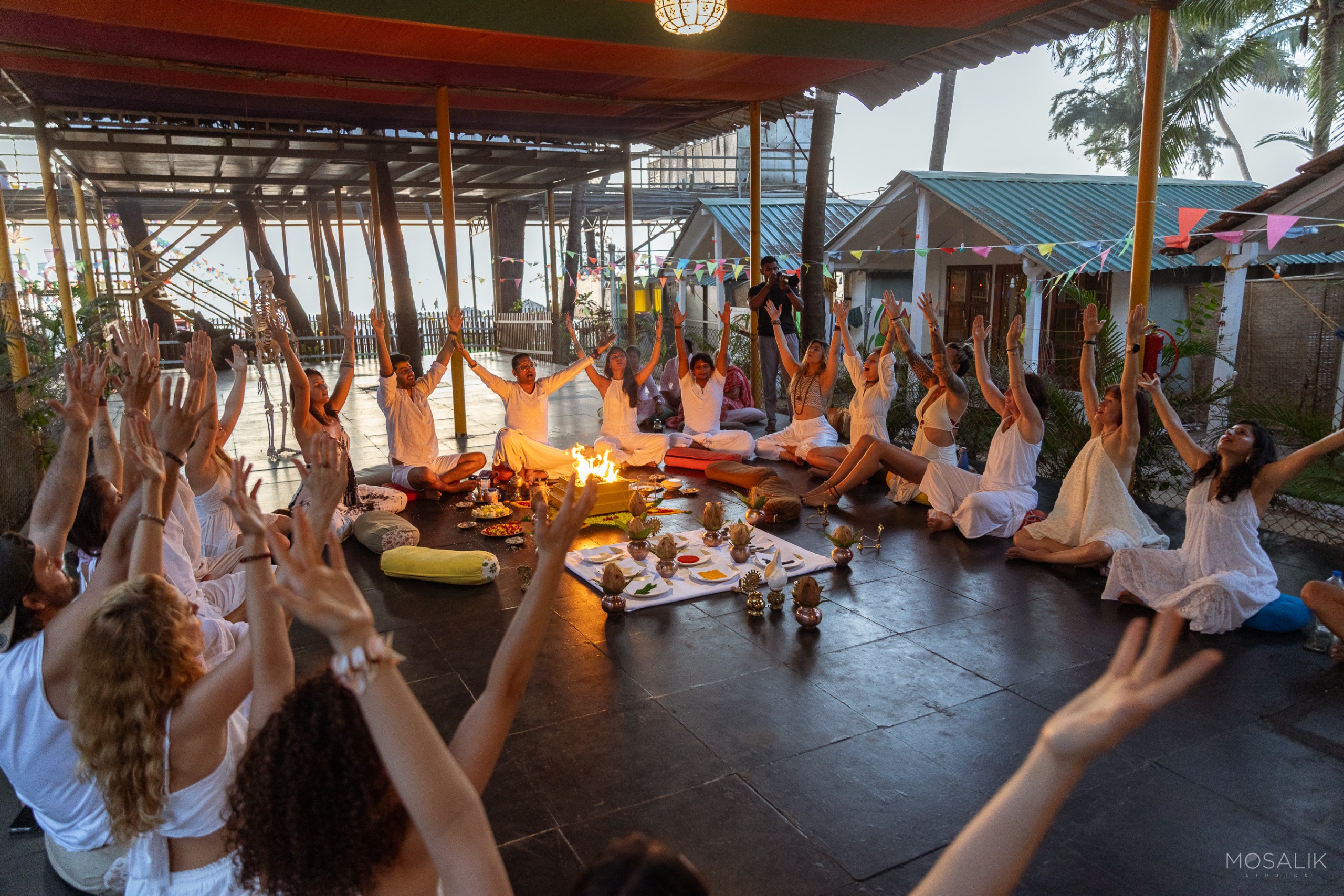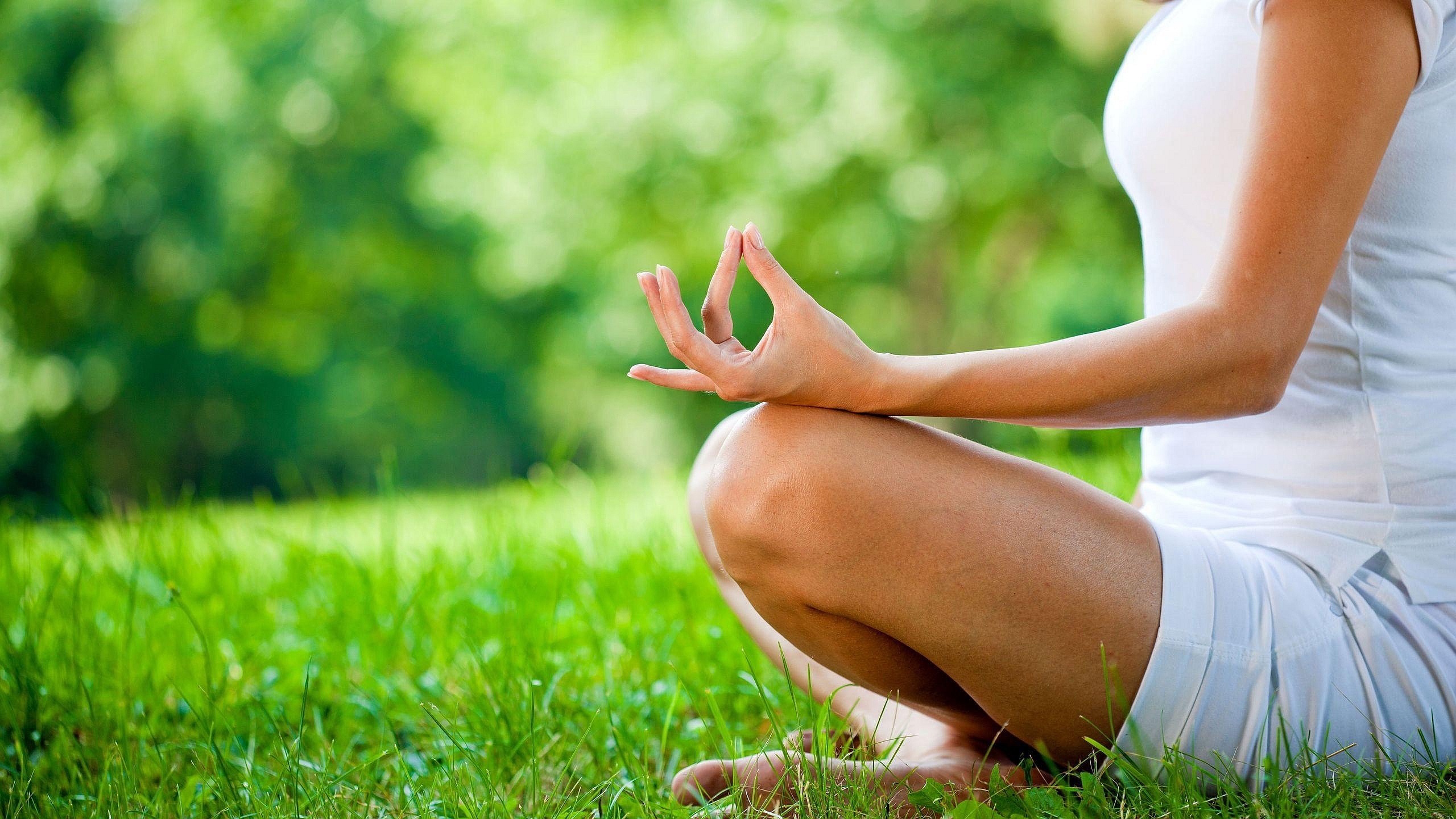What Is Ashtanga Yoga?
Ashtanga Yoga, often referred to as the “eight-limbed path,” is a dynamic and physically demanding style of yoga that follows a specific sequence of postures. Developed by Sri K. Pattabhi Jois, Ashtanga Yoga places emphasis on the synchronization of breath and movement, creating a vigorous and meditative practice.
Where did Ashtanga Yoga begin?
Ashtanga Yoga originated in Mysore, India, where Sri K. Pattabhi Jois began teaching the system in the early 20th century. Jois learned the practice from his teacher, Krishnamacharya, and went on to refine and popularize Ashtanga Yoga. The method spread globally, gaining recognition for its structured and transformative approach to yoga.
Key Principles and Ashtanga Yoga Practices
Ashtanga Yoga is guided by key principles that distinguish it from other yoga styles:
- Tristhana: Ashtanga Yoga focuses on three areas of attention during practice – posture (asana), breath (pranayama), and gazing point (drishti). This trifold approach enhances concentration and internal focus.
- Eight-Limbed Path: As outlined in Patanjali’s Yoga Sutras, Ashtanga Yoga follows the eight-fold path, encompassing ethical guidelines, physical postures, breath control, sense withdrawal, concentration, meditation, and ultimate union with the divine (Samadhi).
- Vinyasa: The practice involves a series of connected postures linked by breath and movement. Each movement is synchronized with either an inhale or an exhale, creating a flowing and dynamic sequence.
What is the Purpose of Ashtanga Yoga?
The primary purpose of Ashtanga Yoga is to purify and strengthen the body, calm the mind, and ultimately lead practitioners towards spiritual awakening. The structured sequence of postures, combined with breath control and focused attention, aims to create a meditative state that facilitates self-discovery and transformation.
Benefits Of Ashtanga Yoga
Engaging in regular Ashtanga Yoga practice provides a multitude of benefits for both physical and mental well-being:
- Increased Strength and Flexibility: The dynamic nature of Ashtanga Yoga builds muscular strength and enhances flexibility, promoting a balanced and resilient body.
- Improved Concentration: The synchronization of breath and movement, combined with drishti (gazing points), enhances concentration and mental focus.
- Stress Reduction: The rhythmic and meditative qualities of Ashtanga Yoga contribute to stress reduction, promoting a sense of calm and mental clarity.
- Detoxification: The dynamic nature of the practice, along with the focus on breath, stimulates circulation and aids in the detoxification of the body.
Can beginners do Ashtanga Yoga?
Yes, beginners can practice Ashtanga Yoga, but it’s recommended to start with the primary series and gradually progress as proficiency is gained. Beginners may benefit from modifications and variations provided by experienced instructors. Consistency and patience are key as the practice evolves over time, and practitioners develop strength, flexibility, and understanding of the sequence.
Is Ashtanga Yoga for me?
Deciding if Ashtanga Yoga is right for you depends on your preferences, fitness goals, and commitment to a structured and dynamic practice. If you appreciate a disciplined approach, seek physical challenges, and value the meditative aspects of yoga, then Ashtanga Yoga may be an ideal fit. It offers a transformative journey that integrates the body, breath, and mind, leading to increased vitality, focus, and overall well-being. Want to join yoga – Contact Now



